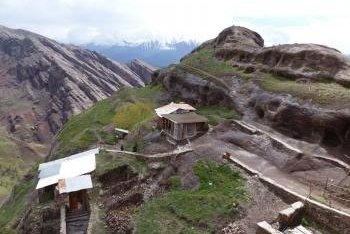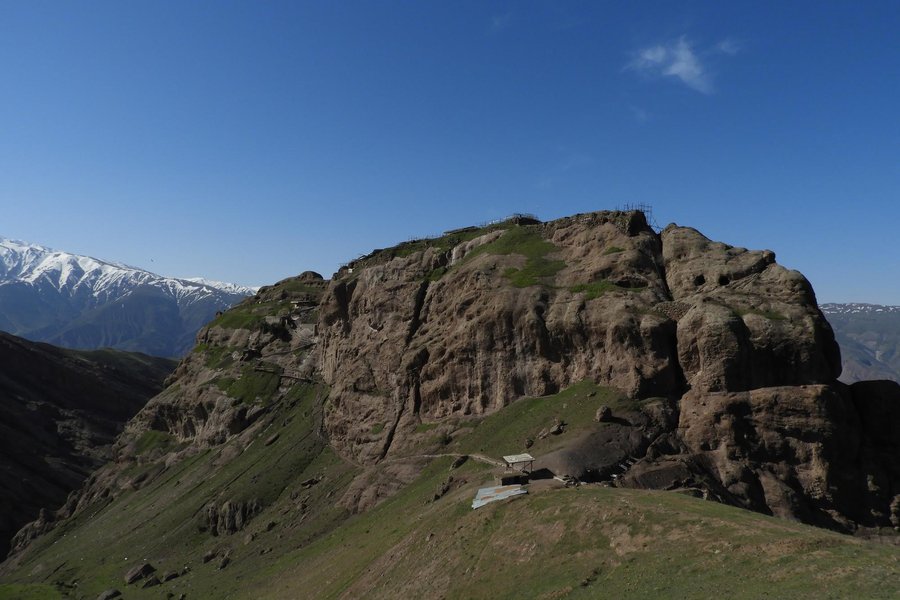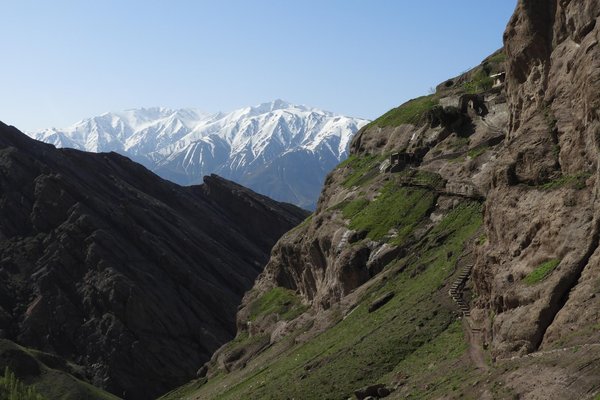Iran
Alamüt Castle
Site Info
Official Information
- Full Name
- Alamūt Castle and Related Fortifications (ACRF) (ID: 5206)
- Country
- Iran
- Status
-
Nominated 2026
Site history
History of Alamüt Castle
- 2007: Added to Tentative List
- Added to tentative list
- Type
- Cultural
- Criteria
- ii
- iii
- v
- vi
Links
- UNESCO
- whc.unesco.org
All Links
UNESCO.org
- whc.unesco.org — whc.unesco.org
Community Information
- Community Category
- Cultural Landscape: Relict
Travel Information
Recent Connections
News
No news.
Recent Visitors
- henryjiao18
- Roman Bruehwiler
- Ammon Watkins
- Erik Jelinek
- Jacob Otten
- Afshin Iranpour
- Alexander Parsons
Visitors of Alamüt Castle
Community Reviews
Show full reviews
Back in Nov 2014, this Iranian article seemed to indicate that the Cultural Landscape of Alamout might be undergoing active preparation for nomination. The subject appears to have gone very quiet since then however, and our visit in Apr 2016 gave no indication that the site had been prepared or was ready for, inscription. Nevertheless it was a worthwhile trip up into the Elburz mountains at a beautiful time of year.
The “big draw” for the “castle” at the heart of the site is its connection with the “Assassins” (though no mention is made of this in the UNESCO T List introduction). When preparing for the visit I was surprised to discover the extent of its public profile - featuring in several novels (including some critically acclaimed), video games and as the name of an up-market fragrance (presumably for its associations with danger and the mysterious!). Even Marco Polo refers to it – although there is some doubt as to whether he would have visited it since, by the date of his travels in the 1270s, the Assassins had already been destroyed by the Mongols. And, finally, one of my “favourite” 20th century travellers and writers, Dame Freya Stark, visited it and wrote about it in “The Valley of the Assassins and other Persian Travels” (1934).
Now neither the “idea” nor the reality of the “Assassins” has ever really grabbed my imagination, even though these drug crazed murderers (in fact their use of “hashish " is a matter of debate) …
Keep reading 0 comments
Visited Iran in September, 2013 as part of a group. Drove to Alamut to see and experience first hand what it is all about. The drive itself was amazing going through a mountainous region. Climbing the fort of Alamut is an adventure itself. I took the help of a donkey to climb half way and then after taking a bit of rest, proceeded to climb over multitude of steps that are narrow and uneven. Missing a step one could end up sliding on the slope and probably in the valley. At the top discovered how water was collected and conserved, where prayer hall was and how strategic the fort was. Noticed some restoration work in progress. A lady served tea to visitors. How Hassan bin Sabbah and his people would have lived here can only be imagined because there were no paved roads in those days and the terrain very challenging.
A great experience!
Keep reading 0 comments
